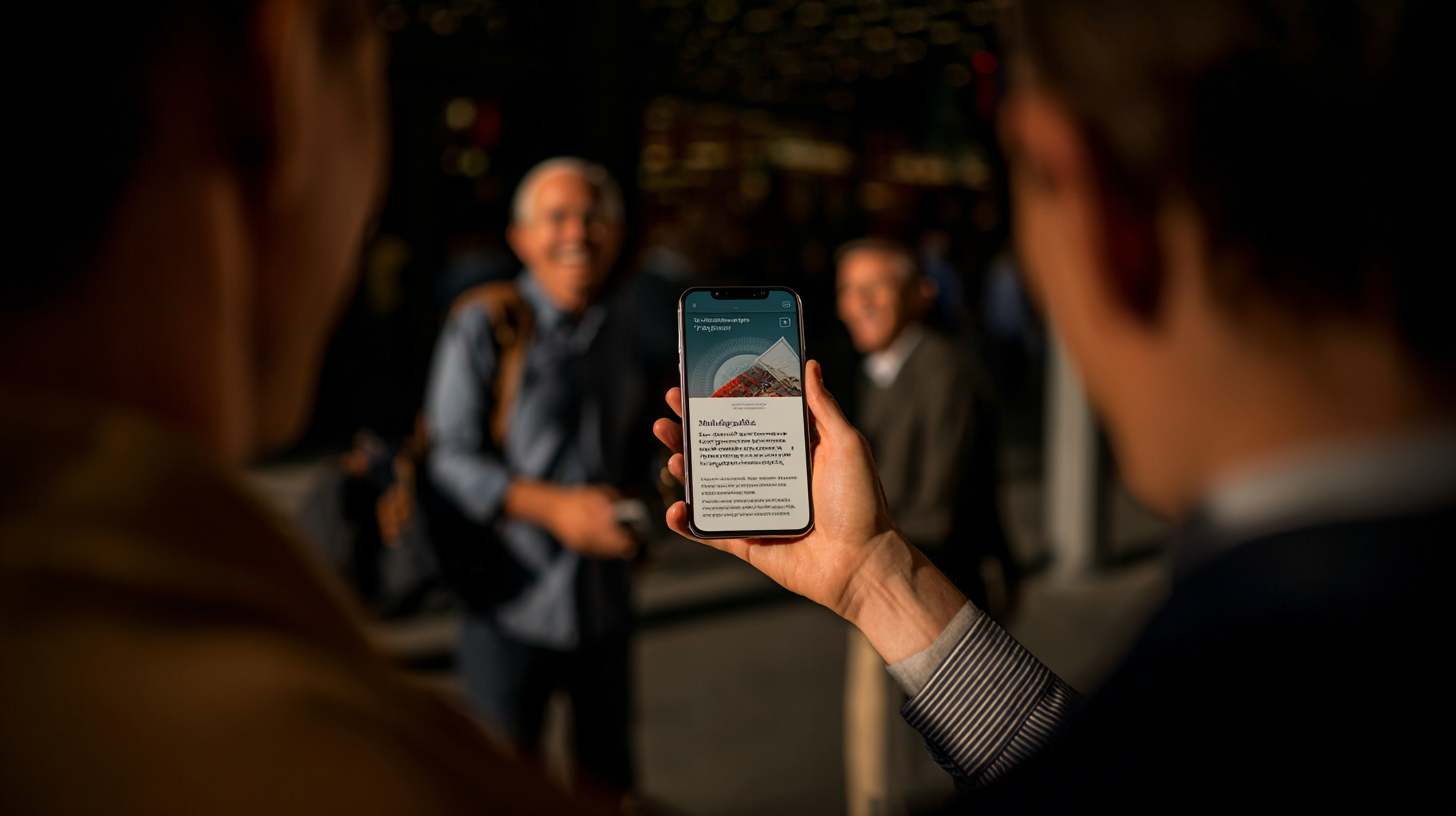Crafting User-Centered Content That Drives Results
Author
Debora BarbatoIn digital products, words do more than explain—they shape experiences, reduce friction, and drive business outcomes. As content designers, our role is not simply to "write copy" but to create systems of communication that make products intuitive, trustworthy, and inclusive.
The articles I've published so far on debs.ink trace this journey across different domains, each showing how content design can deliver measurable results when it's centered on users and backed by collaboration. From reducing support calls by 35% to doubling feature engagement, the impact is clear: user-centered content design is not a cost center—it's a growth driver.
Information Architecture as a Lever for Efficiency
When JPMorgan Chase redesigned its Contact Us section, the goal wasn't prettier screens—it was to stop customers from calling support for problems they could solve themselves. By restructuring information and aligning it with user intent, the team reduced call volume by 90,000 per month, saving $3M annually.
Research echoes this: poor IA is a leading driver of support costs, while clear labeling and logical grouping increase task success rates by over 50%. Information architecture, in other words, is not just organization—it's operational savings and user empowerment rolled into one.
UX Writing as an Engagement Engine
Clarity builds trust, and trust fuels engagement. In the Chase mobile app, features like Snapshot and the redesigned More menu proved this point. Refining microcopy and IA boosted Snapshot engagement by 10% and doubled feature usage in the menu.
These aren't vanity metrics—they show that when users understand what they see, they explore more, adopt more, and stay loyal longer. Industry data reinforces this: clear calls-to-action improve engagement by up to 17%, and inclusive microcopy increases feature adoption across demographics. In high-stakes fields like finance, every word can shift behavior at scale.
Related Article
The Impact of UX Writing on Mobile Banking EngagementInclusion as a Design Principle
Content is only effective if everyone can use it. From avoiding jargon and bias to designing for accessibility, inclusive microcopy ensures that products welcome all users, not just a narrow "average." Studies show that inclusive design doesn't just help marginalized groups—it improves outcomes for everyone, a phenomenon known as the "curb-cut effect."
Inclusive UX writing reduces errors, expands global reach, and builds brand trust. The piece on inclusive microcopy lays out actionable methods—plain language, accessibility cues, and localization—to create content that scales with diversity.
Related Article
Building Inclusive Microcopy for Diverse User BasesMentorship as a Multiplier
Content design impact doesn't come from individuals working in silos—it scales through teams. At JPMorgan Chase, structured mentoring of 30+ new hires improved delivery speed by 30% and standardized practices across the org. Research supports these results: mentored employees are nearly 50% less likely to leave and ramp up productivity faster.
For hiring managers, investing in mentorship is investing in velocity, quality, and retention. Strong teams make strong products.
Related Article
Mentoring Content Designers: Building Stronger TeamsThe Common Thread: User-Centered Content as Strategy
Across architecture, microcopy, inclusion, and mentorship, one principle holds true: content that starts with users delivers business results. Whether it's saving millions in support costs, doubling engagement, or reducing churn, the impact is measurable.
For leaders in product, UX, and content, the challenge is not whether to invest in content design—but how to embed it early, often, and strategically. These first four pieces are just the beginning of documenting how content design shapes products and organizations. They highlight that user-centered communication is not a cost center—it's a growth driver.
Ready to Transform Your Content Strategy?
Let's discuss how user-centered content design can drive measurable results for your product.
Start a Project

